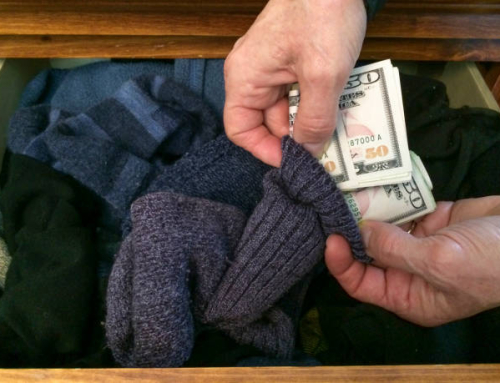Choosing the best kids socks for the Norwegian market can be challenging. This guide will help wholesalers make informed decisions.
Understanding the Norwegian Market
Norway has a unique climate. Kids need socks that are warm and comfortable. Norwegians value quality and durability. This makes it important to choose the right socks.
Climate Considerations
Norway has cold winters and mild summers. Kids need different socks for different seasons. Winter socks should be warm and thick. Summer socks should be light and breathable.
Quality And Durability
Norwegians prefer high-quality products. Durable socks are important. They should withstand frequent washing and wear. This ensures customer satisfaction and repeat business.
Material Matters
The material of the socks is crucial. Different materials offer different benefits. Here are some popular options:
| Material | Benefits |
| Cotton | Soft, breathable, and comfortable. Ideal for everyday use. |
| Wool | Warm, moisture-wicking, and durable. Perfect for cold weather. |
| Synthetic Blends | Durable, stretchy, and quick-drying. Great for active kids. |
Choosing The Right Material
Consider the season and activity level. Wool is great for winter. Cotton is ideal for everyday use. Synthetic blends are perfect for sports and outdoor activities.
Design and Style
Kids love fun and colorful designs. Socks should be both functional and fashionable. Here are some popular styles:
- Cartoon Characters: Kids love socks with their favorite characters.
- Bright Colors: Colorful socks are fun and easy to match.
- Patterns: Stripes, dots, and other patterns are popular.
Functionality
While design is important, functionality is key. Look for socks with reinforced toes and heels. Elastic cuffs prevent socks from slipping down. Seamless toes offer extra comfort.
Sizing and Fit
Proper sizing is crucial for comfort. Socks that are too tight can cause discomfort. Socks that are too loose can slip off.
Age And Size Guidelines
Kids grow quickly. It’s important to offer a range of sizes. Here are some general guidelines:
| Age | Size (EU) |
| 0-12 Months | 16-19 |
| 1-3 Years | 20-23 |
| 4-6 Years | 24-27 |
| 7-9 Years | 28-31 |
| 10-12 Years | 32-35 |
Adjustable Features
Some socks come with adjustable features. These include stretchy materials and adjustable cuffs. These features allow the socks to grow with the child.
Eco-Friendly Options
Norwegians are environmentally conscious. Eco-friendly socks are a great choice. Look for socks made from organic cotton or recycled materials.
Benefits Of Eco-friendly Socks
- Less Environmental Impact: Sustainable materials reduce environmental impact.
- Safe for Kids: Organic materials are free from harmful chemicals.
- High Quality: Eco-friendly socks are often high-quality and durable.
Price and Value
Price is an important factor. However, value is more important than the lowest price. High-quality socks may cost more but offer better value.
Balancing Quality And Cost
Look for socks that offer a good balance. High-quality materials and construction justify a higher price. This ensures customer satisfaction and loyalty.
Supplier Considerations
Choosing the right supplier is crucial. Look for suppliers with a good reputation. They should offer high-quality products and reliable service.
Evaluating Suppliers
- Reputation: Check reviews and testimonials.
- Quality: Request samples to evaluate quality.
- Service: Ensure they offer reliable shipping and customer service.
Choose Kids Socks FAQs
What Materials Are Best For Kids’ Socks?
Cotton, bamboo, and wool are ideal. They provide comfort, breathability, and durability.
How To Ensure Socks Fit Correctly?
Measure the child’s foot length. Refer to the size chart for accurate fitting.
Are Anti-slip Socks Necessary For Kids?
Yes, anti-slip socks prevent falls. They provide extra grip, especially for active children.
How Often Should Kids’ Socks Be Replaced?
Replace every 3-6 months. Check for wear and tear regularly.
What Designs Are Popular For Kids’ Socks?
Bright colors, cartoon characters, and fun patterns are highly popular among kids.
Conclusion
Choosing the best kids socks for Norway requires careful consideration. Focus on quality, material, design, and sizing. Eco-friendly options and reliable suppliers are also important. This guide will help wholesalers make informed decisions.
Happy selling!


